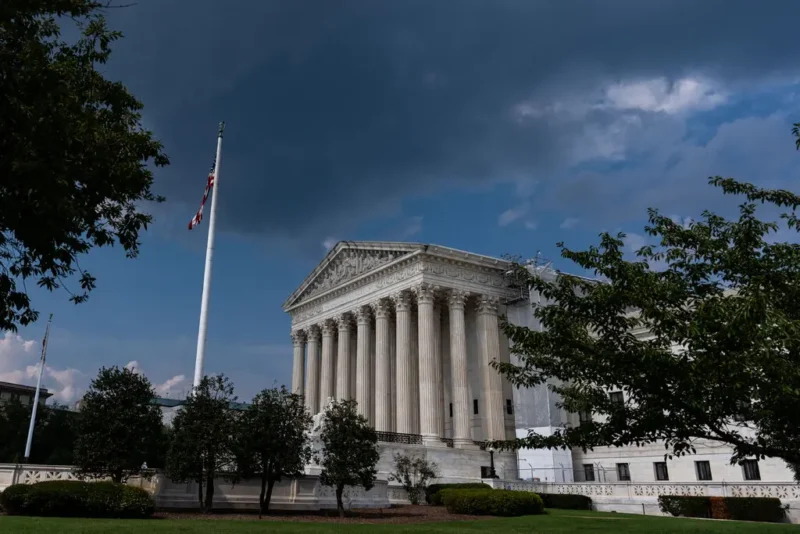Affirmative Action Was Banned. What Happened Next Was Confusing.
Share
Explore Our Galleries
Breaking News!
Today's news and culture by Black and other reporters in the Black and mainstream media.
Ways to Support ABHM?
By Anemona Hartocollis and Stephanie Saul, New York Times

Here is what we know about the effects of the Supreme Court’s decision curtailing race-based admissions at selective universities. And why many experts and administrators are baffled.
When the Supreme Court ruled against race-conscious admissions, the expectation — based on statistical modeling presented in court — was that the proportion of Black students at highly selective schools would go down and the proportion of Asian American students would rise.
That is what happened at many colleges and universities. But as schools have released data over the last few weeks, there have been some striking outliers.
At Yale University, for example, the share of Black students stayed the same. At Duke their percentage increased. And at Harvard, which was the target of a lawsuit charging it with discrimination against Asian students, the percentage of Asian students was unchanged, against the expectations of the plaintiffs.
The results have confused experts and admissions officials. They have also raised questions about admissions practices and who will get access to the nation’s most elite campuses in the future.
Black students have been most affected, their numbers declining at most highly selective schools. Still, the declines are not as great as some colleges and universities predicted, bringing new scrutiny to what methods universities are using to achieve a diverse mix of students and whether race-based admissions were necessary in the first place.
Confounding matters is the hodgepodge of ways universities have reported the data. Some have released little detailed information. Others changed the way they add up categories of students. Some have refused to release certain numbers, like the percentage of white students. Schools have cautioned that this is only the first admissions season post-affirmative action. They are still figuring out their approach, they say, and it could change in the future.
Keep reading to learn which schools had big demographic changes.
The end of affirmative action has led to calls for more HBCUs.
Follow this and other news impacting Black Americans.









Comments Are Welcome
Note: We moderate submissions in order to create a space for meaningful dialogue, a space where museum visitors – adults and youth –– can exchange informed, thoughtful, and relevant comments that add value to our exhibits.
Racial slurs, personal attacks, obscenity, profanity, and SHOUTING do not meet the above standard. Such comments are posted in the exhibit Hateful Speech. Commercial promotions, impersonations, and incoherent comments likewise fail to meet our goals, so will not be posted. Submissions longer than 120 words will be shortened.
See our full Comments Policy here.